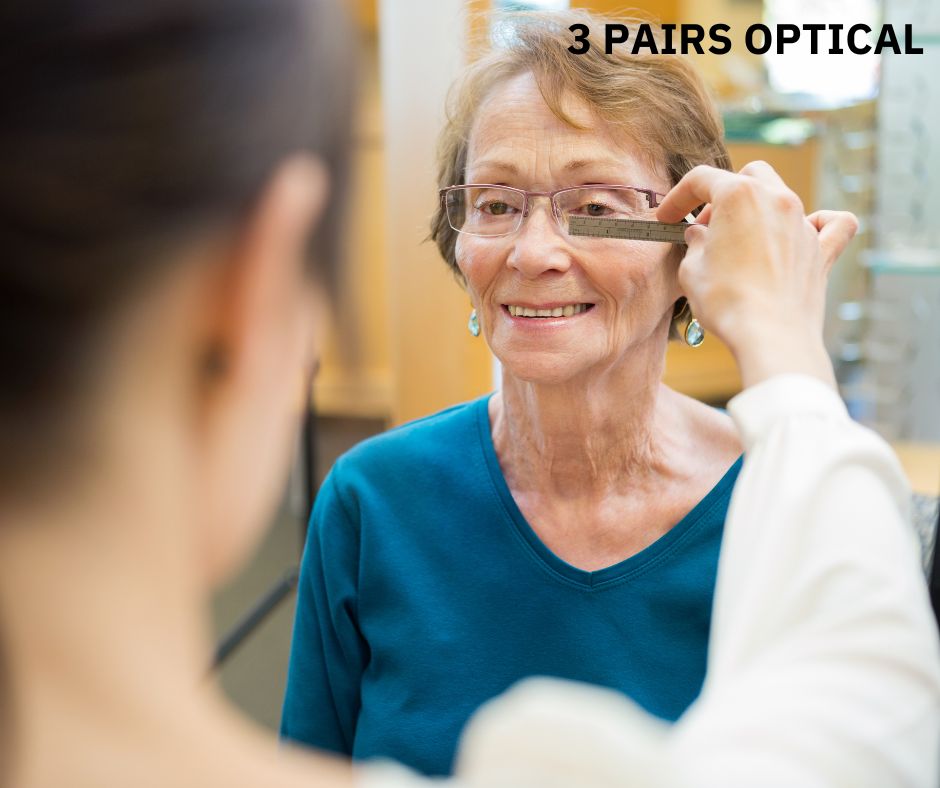Progressive eyeglasses, also known as multifocal lenses, are a fantastic innovation for those who need correction for both distance and near vision. Unlike traditional bifocals or trifocals, progressives provide a smooth transition between different prescription strengths, offering a more natural visual experience. However, adapting to these lenses can take some time and patience. In this blog post, we'll explore practical tips to help you adjust to wearing progressive eyeglasses and enjoy their full benefits.
Understanding Progressive Lenses
Progressive lenses are designed with multiple prescriptions in a single lens, seamlessly transitioning from distance correction at the top, intermediate in the middle, and near vision at the bottom. This design allows for a natural viewing experience without the visible lines found in bifocals or trifocals.
Initial Adaptation Period
It's important to understand that adjusting to progressive lenses can take anywhere from a few days to a few weeks. Your brain and eyes need time to adapt to the new way of seeing, so don't be discouraged if things seem a bit off at first.
Tips for a Smooth Transition
- Wear Them Consistently
To adapt quickly, wear your progressive glasses as much as possible. The more you wear them, the faster your brain will adjust to the different prescription zones.
- Move Your Head, Not Just Your Eyes
Progressive lenses require a different viewing technique. Instead of just moving your eyes, move your head to look through the appropriate part of the lens. For instance, look down through the bottom part of the lens for reading, and use the top portion for distance vision.
- Practice Good Posture
Maintaining good posture will help you use your progressive lenses more effectively. When reading, keep your book or screen at a comfortable height to look through the lower part of the lens without straining your neck.
- Give It Time
Be patient. It might take a few weeks for your eyes to fully adjust. During this period, avoid switching back to your old glasses, as this can prolong the adaptation process.
Overcoming Common Challenges
- Blurry Vision
Blurry vision is common during the adaptation period. If it persists beyond a few weeks, consult your optician to ensure your prescription is correct and the lenses are properly aligned.
- Peripheral Distortion
Peripheral distortion can occur with progressive lenses. This is when the sides of your vision seem slightly warped. Practice moving your head more and your eyes less to minimize this effect.
- Discomfort
If you experience discomfort or dizziness, take breaks but continue wearing the glasses consistently. If the discomfort continues, visit your optician for adjustments.
Benefits of Progressive Eyeglasses
Once you've adapted, you'll appreciate the numerous benefits of progressive lenses:
- Convenience: No need to switch between multiple pairs of glasses.
- Aesthetics: No visible lines, providing a more youthful appearance.
- Versatility: Seamless transition between different vision needs, from reading to driving.
Consult with Your Optician
If you continue to experience difficulties after a reasonable adjustment period, schedule a follow-up visit with your optician. They can check the fit and alignment of your glasses and make any necessary adjustments to ensure your comfort and optimal vision.
Conclusion
Adapting to progressive eyeglasses requires patience and practice, but the benefits are well worth the effort. By following these tips and giving yourself time to adjust, you'll soon enjoy clear vision at all distances with your new progressive lenses. If you have any concerns or need further assistance, don't hesitate to contact your optician. Happy seeing!

